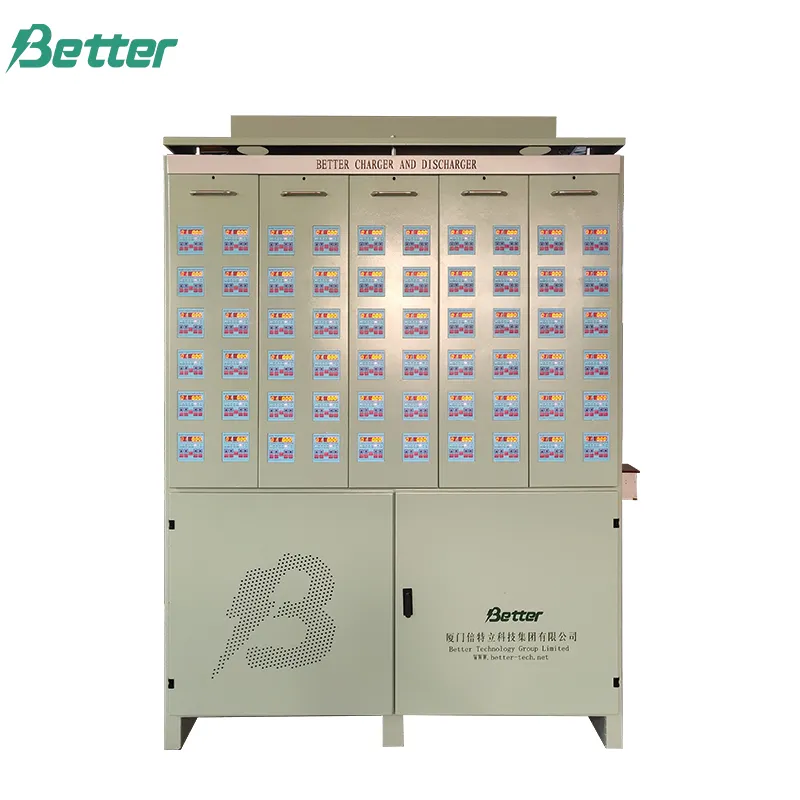
Breaking Boundaries with Battery Charging and Discharging Machines—How New Technologies Are Leading Energy
2024-07-24 16:35Management Transformation
Battery charging and discharging machines are leading a transformation in energy management with their groundbreaking technologies. This article explores how battery charging and discharging machines are pushing beyond traditional technological limits through the application of new technologies, driving a comprehensive revolution in energy management.
Dual Breakthroughs in Charging Speed and Efficiency
The technological breakthroughs in battery charging and discharging machines are first reflected in the dual enhancement of charging speed and efficiency. Modern machines use advanced charging technologies that complete charging in a shorter time while maintaining high efficiency. This advancement not only improves user experience but also meets the urgent need for rapid charging. Specific parameters include:
· Charging Voltage: Supports a range of 10V-800V to accommodate various battery needs.
· Charging Current: Up to 500A, suitable for high-power charging applications.
· Charging Efficiency: Over 95%, ensuring high efficiency in the charging process.

Advanced Monitoring and Intelligent Adjustment
Another significant advancement in battery charging and discharging machines is their advanced monitoring and intelligent adjustment functions. By using real-time data monitoring and intelligent algorithms, these machines can automatically adjust charging and discharging parameters to achieve optimal performance. Specific technical parameters include:
· Monitoring Precision: Voltage ±0.1V, current ±0.1A.
· Data Analysis: Real-time analysis of battery status to optimize charging strategies.
· Remote Adjustment: Remote control and management through cloud platforms.
Flexibility of Modular Design
Modular design allows battery charging and discharging machines to adapt to different application scenarios. By combining different power modules and functional units, users can configure the equipment based on specific requirements. This design enhances the applicability and scalability of the equipment. Specific parameters include:
· Power Modules: Options ranging from 1kW to 10kW.
· Expansion Interfaces: Supports various interfaces like CAN and RS485 for system integration.
· Configuration Options: Customizable with different function modules to meet specific application needs.

Environmental Concepts and Technological Applications
Battery charging and discharging machines are increasingly focusing on environmental concepts in their technological applications. By using eco-friendly materials and low-carbon manufacturing processes, these devices reduce environmental impact and enhance sustainability. Specific environmental parameters include:
· Eco-Friendly Materials: Uses lead-free soldering and recyclable materials.
· Low-Carbon Manufacturing: Significant reduction in carbon emissions during production.
· Extended Lifespan: Intelligent optimization to extend battery life by 30%.
Conclusion
The technological breakthroughs in battery charging and discharging machines extend beyond improvements in charging speed and efficiency to include intelligent monitoring and environmental design applications. These innovations will drive a transformation in energy management and provide new directions for future energy technology development. As technology progresses, battery charging and discharging machines will play an increasingly important role in contributing to green energy solutions.
